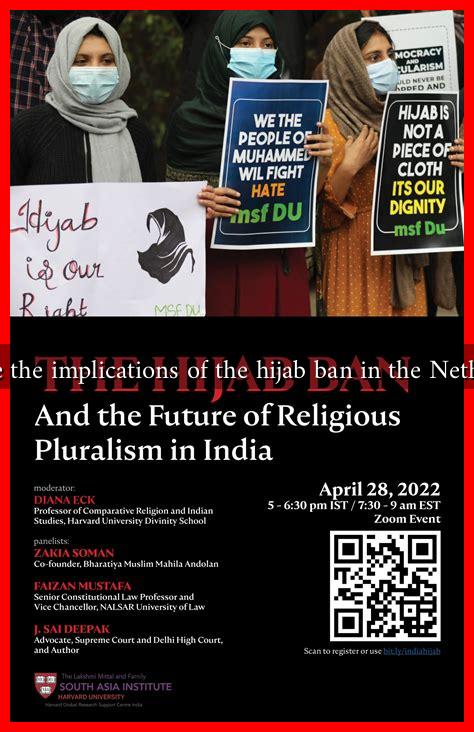-
Table of Contents
What are the Implications of the Hijab Ban in the Netherlands?
The hijab ban in the Netherlands has sparked significant debate and controversy, raising questions about religious freedom, gender equality, and social integration. As the Dutch government implements policies that restrict the wearing of religious symbols in public spaces, it is essential to explore the implications of such a ban on various aspects of society.
Understanding the Hijab Ban
The hijab, a headscarf worn by many Muslim women, has become a focal point in discussions about secularism and religious expression in Europe. In 2019, the Dutch government introduced a ban on face-covering garments, which includes the burqa and niqab, in public spaces such as schools, hospitals, and public transport. While the law does not explicitly target the hijab, its broader implications affect Muslim women who choose to wear it.
Social and Cultural Implications
The hijab ban has profound social and cultural implications, particularly for the Muslim community in the Netherlands. Some of the key effects include:
- Marginalization of Muslim Women: The ban can lead to the further marginalization of Muslim women, who may feel pressured to conform to societal norms that do not align with their religious beliefs.
- Increased Islamophobia: The hijab ban may exacerbate existing prejudices against Muslims, leading to increased discrimination and social tensions.
- Identity Crisis: Many Muslim women may experience an identity crisis as they navigate their religious beliefs and the societal expectations imposed by the ban.
Legal and Human Rights Concerns
The hijab ban raises significant legal and human rights concerns, particularly regarding freedom of expression and religious rights. Key points include:
- Violation of Religious Freedom: Critics argue that the ban infringes on the right to practice one’s religion, as enshrined in international human rights treaties.
- Legal Challenges: The ban has faced legal challenges in Dutch courts, with advocates arguing that it disproportionately affects Muslim women and violates anti-discrimination laws.
- International Scrutiny: The Netherlands may face international criticism for its policies, which could impact its reputation as a champion of human rights.
Impact on Gender Equality
While proponents of the hijab ban argue that it promotes gender equality, the reality is more complex. The implications for gender equality include:
- Choice vs. Coercion: Many women wear the hijab as a personal choice. The ban may inadvertently coerce women into removing it, undermining their autonomy.
- Disempowerment: The ban can disempower women by framing them as victims in need of protection, rather than as individuals capable of making their own choices.
- Intersectionality: The hijab ban intersects with issues of race, class, and gender, complicating the narrative around gender equality in the Netherlands.
Case Studies and Examples
Several case studies illustrate the implications of the hijab ban in the Netherlands:
- School Policies: Some schools have implemented their own dress codes that align with the national ban, leading to conflicts with students who wish to wear the hijab.
- Public Sector Employment: The ban has affected Muslim women seeking employment in public sectors, where adherence to the dress code is mandatory.
- Community Reactions: Various community organizations have mobilized against the ban, advocating for the rights of Muslim women and promoting dialogue on religious freedom.
Conclusion
The hijab ban in the Netherlands has far-reaching implications that extend beyond the immediate legal framework. It raises critical questions about religious freedom, gender equality, and social cohesion. As the debate continues, it is essential for policymakers to consider the voices of those most affected by the ban—Muslim women—while striving to balance secularism and religious expression in a diverse society.
In summary, the hijab ban not only impacts individual rights but also reflects broader societal attitudes towards Islam and multiculturalism. As the Netherlands navigates these complex issues, the implications of the hijab ban will continue to resonate within the fabric of Dutch society.
For further reading on this topic, you can explore resources from organizations like Human Rights Watch and Amnesty International.

